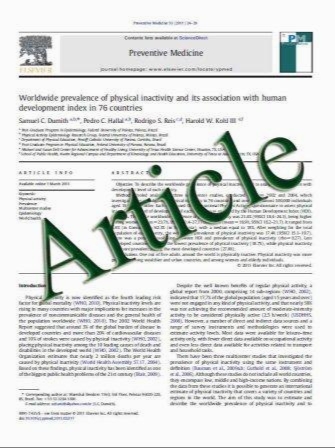How to improve the quality of the tissue sample obtained by percutaneous liver biopsy
- نوع فایل : کتاب
- زبان : انگلیسی
- مؤلف : Ioan Sporea, Alina Popescu, Roxana Şirli
- چاپ و سال / کشور: 2010
Description
The evaluation of liver lesions in patients with chronic hepatopathy is mandatory for assessing prognosis and sometimes for making treatment decisions. The liver biopsy (LB) is still considered the gold standard for the evaluation of chronic hepatopathy, despite the fact that noninvasive methods (serologic markers and transient elastography or real-time elastography) are being used more often. The quality of the hepatic tissue sample obtained at biopsy is important for the correct diagnosis. Usually, a liver specimen is considered to be adequate for pathological examination if it is no less than 20 mm and preferably more than 25 mm and if it includes 8 to 11 portal tracts. To improve the quality of the tissue sample obtained by percutaneous LB, we believe it is optimal for the operator to use the Menghini needle technique with two intrahepatic passages (specimens up to 4 cm in length can be obtained), to use echo guidance or ultrasonographic assistance, to have extensive personal experience (defined as having performed between 50 and 100 biopsies), and to assess the length of the tissue sample immediately after the LB, and, in the event the specimen is inadequate in length, to rapidly perform another passage.
Cent. Eur. J. Med. , 6(1) , 2010 , 103-106 Received 2 May 2010; Accepted 27 October 2010


